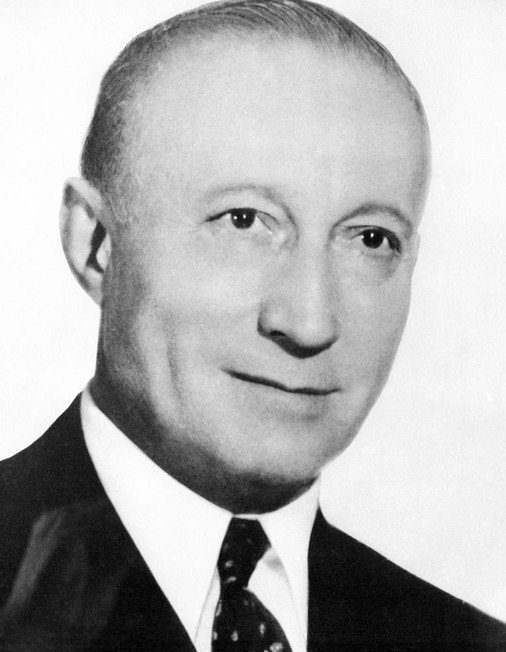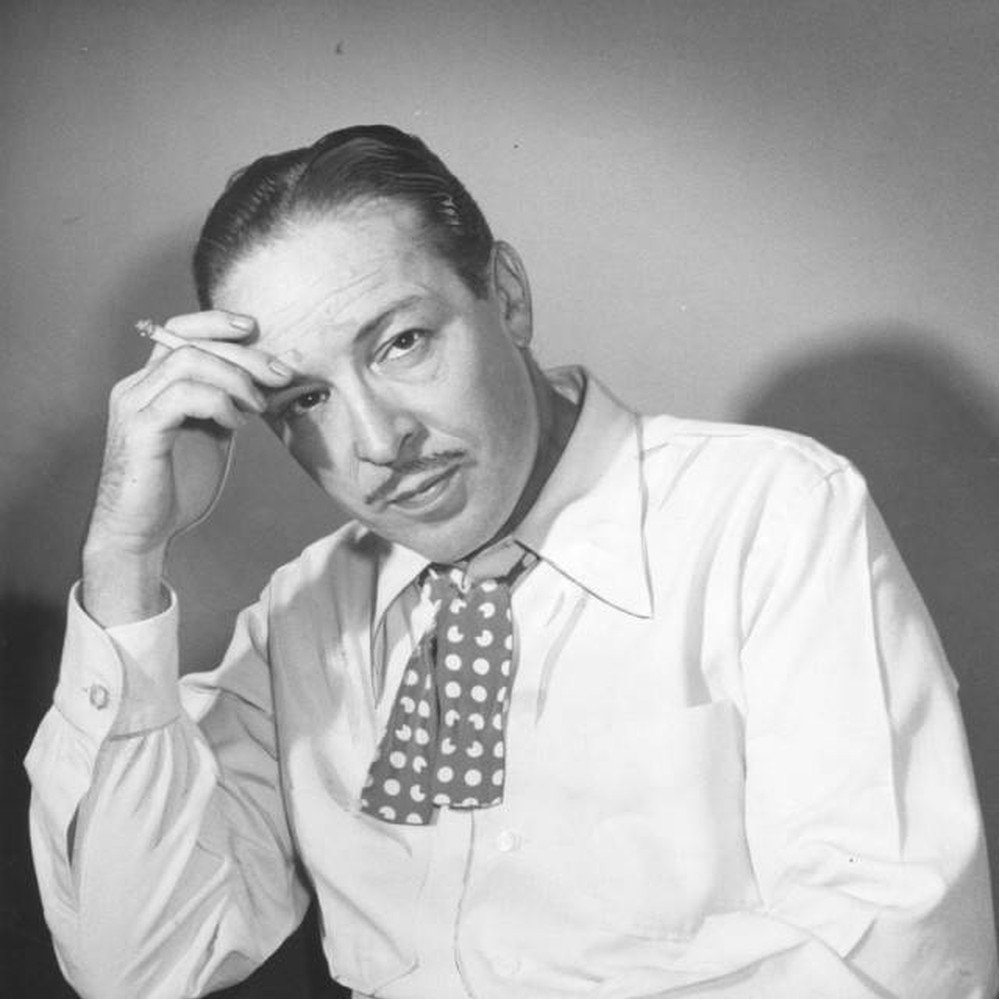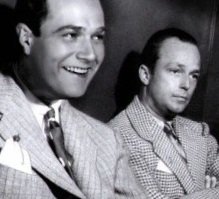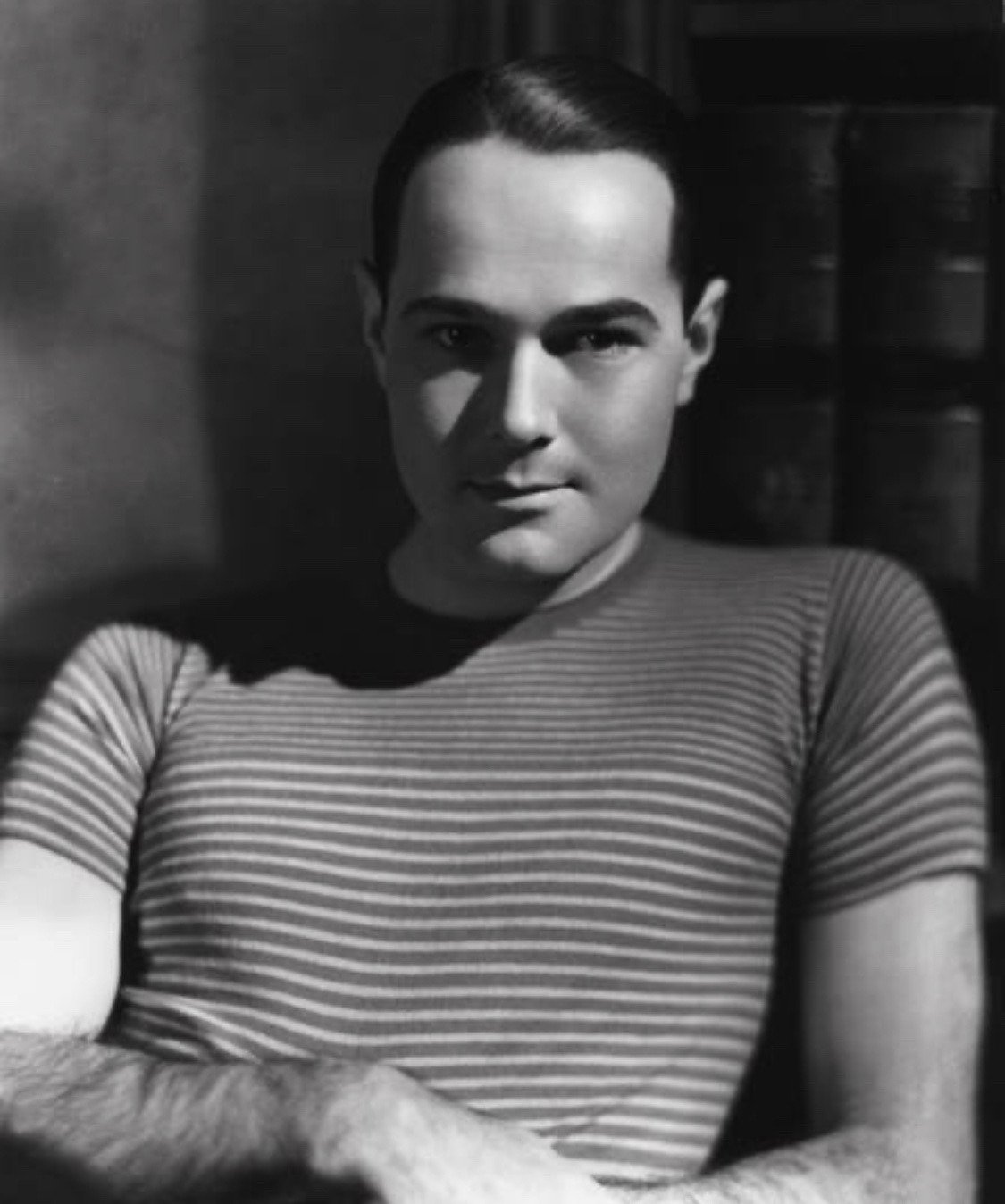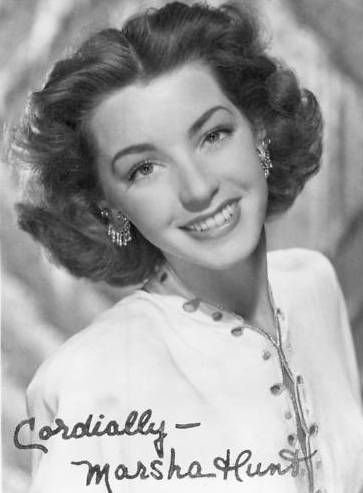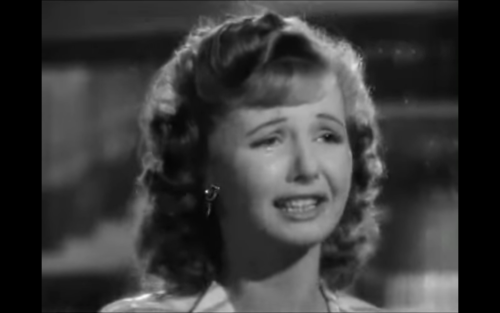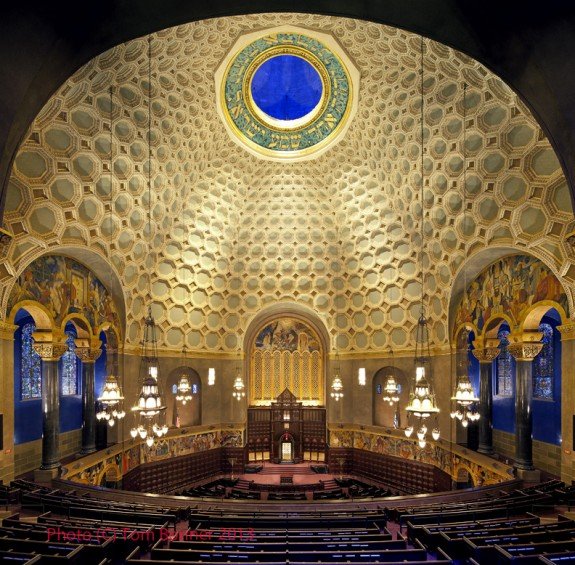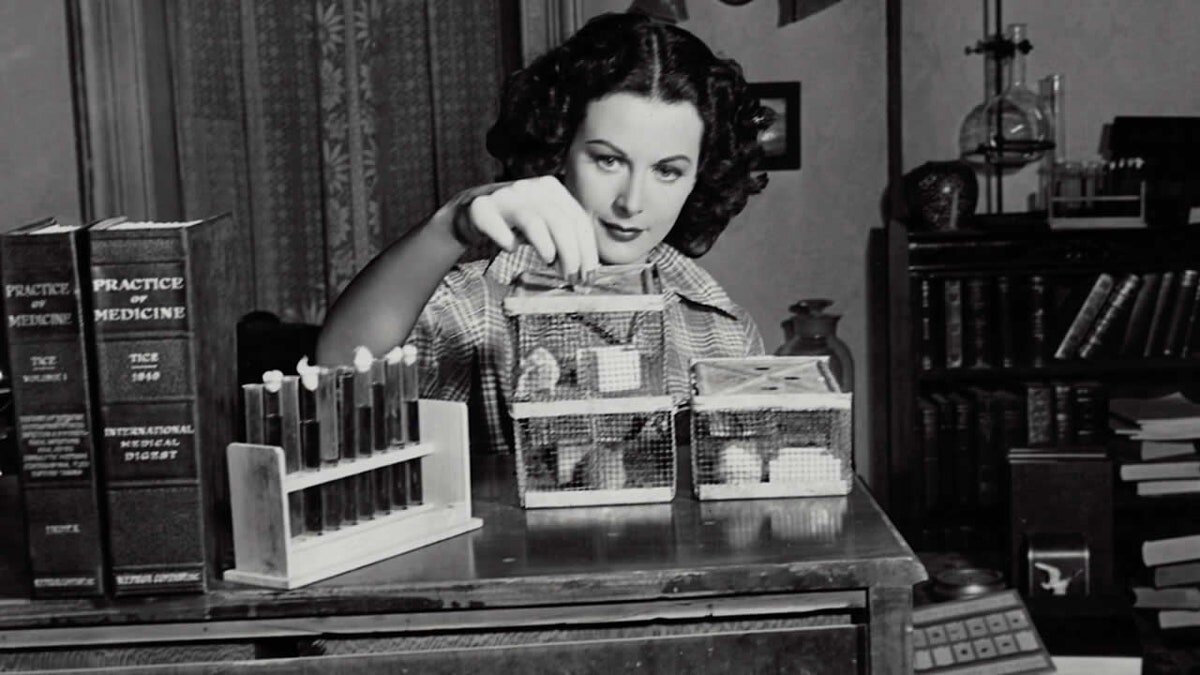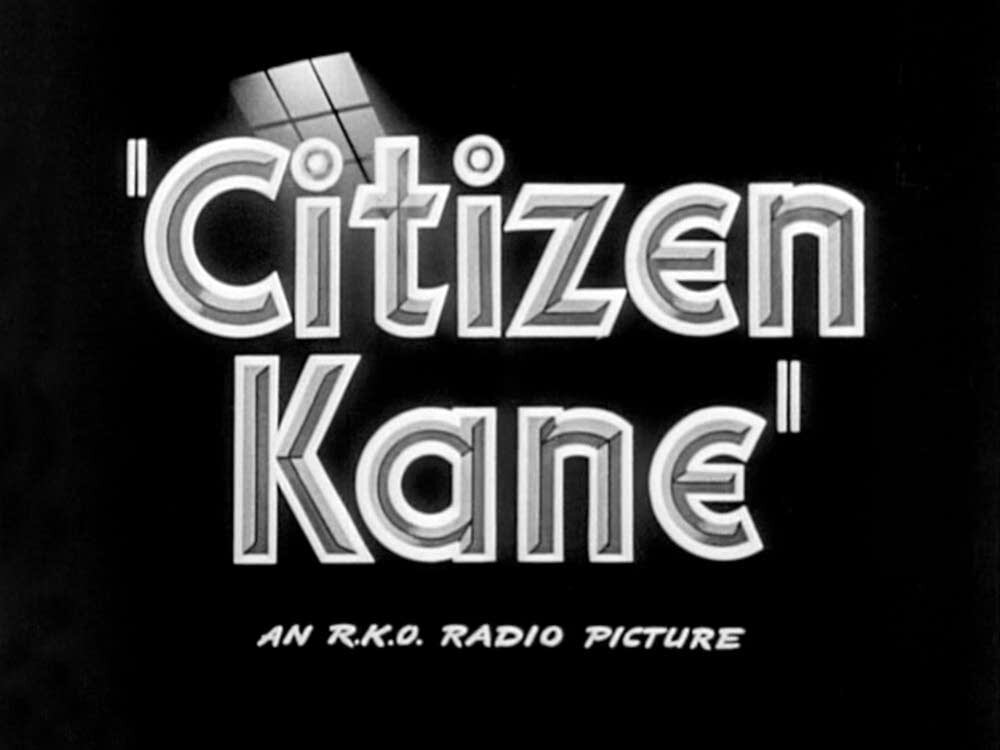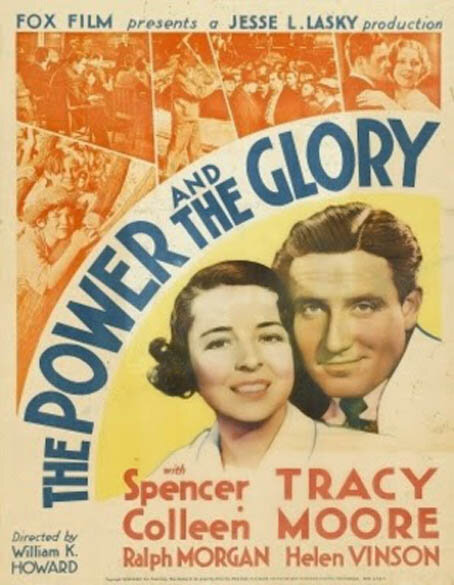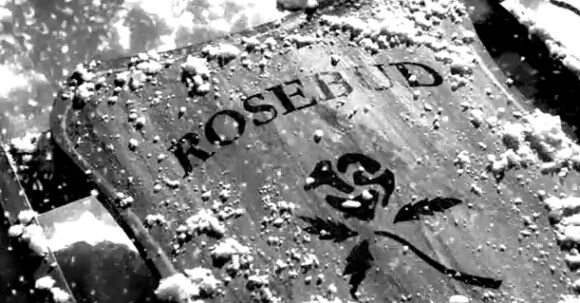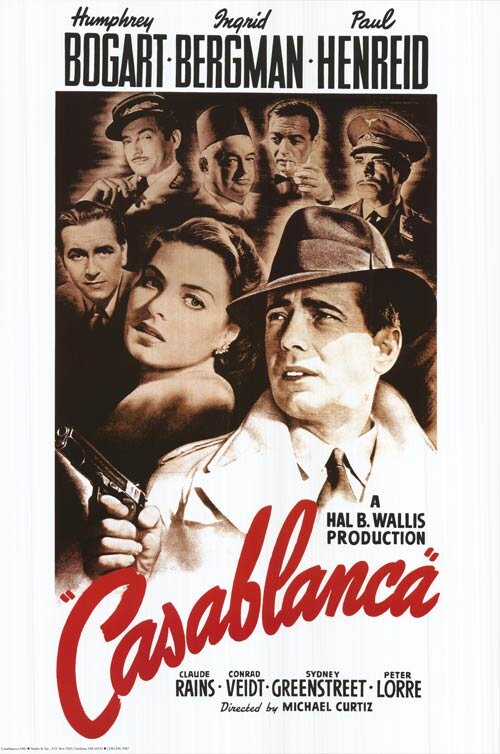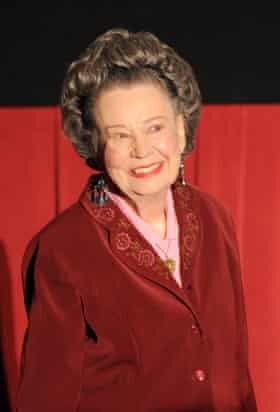#42: If Aleta Freel Hadn't Committed Suicide in 1935, Chances Are That Ronald Reagan Would Never have Been Elected President in 1980
Aleta Freel (1907-1935)
Yes, I know it’s a pretty bizarre title for a “Tales From Hollywood & Vine” essay . . . but hopefully, it’s an attention grabber. If you got beyond the title, you likely have at least a couple of questions, such as: who in the Hell was Aleta Freel, why and how did she commit suicide (at age 28) in 1935, and what in the world does she have to do with “The Gipper” being elected POTUS 45 years later? To make matters even more mysterious, Reagan never met - or likely had ever heard of - Aleta (Mrs. Ross Alexander); the future POTUS didn’t even reach Hollywood until 1937 . . . the year her husband, movie star Ross Alexander also committed suicide at age 29. And to make things even more mysterious, how in the hell does movie star Henry Fonda fit this true tale?
I know, it reads like the initial plotline of what’s going to turn out to be an historic cinematic stinker. . . but believe me, it’s not.
And so, let’s begin with Aleta. Born Aleta Friele (for purposes of acting she changed the spelling to “Freel”) in Jersey City on June 17, 1907, she was the daughter of a physician, attended the Bergen School for Girls in Jersey City, and graduated from Smith College in 1928. Having had the yen to act since early youth, she wound up spending her summers learning her craft at a summer stock theater company on Cape Cod called the “University Players.” Although the company (which was made up largely of Ivy League and “Seven Sisters” graduates and undergraduates) would only last for 4 years (1928-1932), it became an incubator for future talent - both on stage and in film. Among its members who would go on to achieve fame in the theatre and film industry were Joshua Logan, James Stewart, Henry Fonda, Margaret Sullavan (whom Fonda would be married to from Dec. 1931 to Mar. 1933) Mildred Natwick, and Burgess Meredith. Its founders included Harvard’s Kent Smith and John Swope (son of G.E. President Gerard Swope), and Bartlett Quigley, the father of actor Jane Alexander.
Henry Fonda, Broadway Star
From 1931 to 1933 Aleta appeared in 4 Broadway plays: two melodramas, one drama, and one a comedy. The most "successful” of the four, a melodrama entitled “Double Door,” ran for not quite three months; her name appeared third on the cast list. During that time, Aleta’s University Players friend and colleague, Henry Fonda, had made his way to Broadway, appearing in such long-forgotten plays as The Game of Love and Death in late 1929 and I Loved You Wednesday which ran for 63 performances in late 1932.
The Grand Island (Nebraska)-born, Omaha-raised Fonda’s earliest acting coach in Ohama was Dorothy "Do” Brando, whose son, Marlon "Bud” Brando would become one of the most acclaimed movie stars of the 20th century. Where Aleta never became a Broadway notable, Fonda rang the bell in early 1934 when he became one of the stars of a musical called New Faces of 1934 which ran for more than a year on Broadway and then went out on tour. Despite being neither a singer nor dancer, Hank Fonda quickly became an audience favorite, along with the 25-year old Imogene Coca (1908-2001), best known for the 4 years she spent playing opposite Sid Caesar on the megahit Your Show of Shows (1950-1954).
Ross Alexander (1907-1937)
One day, during the time Fonda was learning his craft with the University Players, a shy twenty-four year-old named Ross Alexander wandered in and charmed the entire company, particularly Aleta. Alexander had done some acting on Broadway, but the powers-that-be at the University Players wouldn’t allow him to join the group: he’d never attended college (Fonda himself had spent two years studying journalism at the University of Minnesota). The young Alexander didn’t seem to mind this slight; he participated in skits at the University Players tearoom and slept in the men’s house when he wasn’t making time with Aleta. Ross Alexander (Alexander Ross Smith, Jr.), was the son of Maude Adele Cohen. He had had his first taste of Broadway in a three-act play called Enter Madame, a comedy about an opera singer. Its star was Blanche Yurka (1887-1974), and would have a highly-respectable 350 performance run from August 1920 to April 1922 at Broadway’s famed Garrick Theatre. (In 1934 Enter Madame would be made into a motion picture starring Elissa Landi and the up-and-coming Cary Grant.
Ross Alexander in “Captain Blood”
During his years on Broadway, Alexander appeared in nearly a dozen plays including “The Ladder” (1926), “Let Us Be Gay” (1929) and “That’s Gratitude” (1930). In the early years of talking motion pictures, Hollywood studios looked to Broadway for new faces with good voices; many of their silent stars simply couldn’t cut it; their voices didn’t fit their image. Alexander possessed both a handsome face and a good voice. He was signed by Paramount, sent out to Hollywood in 1932 appeared in his first picture, The Wiser Sex . . . but nothing came of it. So, he returned to New York appeared in more four plays, got noticed by Warner Brothers, and before going back to Hollywood, married Aleta Freel. Hank Fonda was his best man. Quickly, Warner Brothers began casting him in their popular “backstage” Depression-era musicals and college-caper films. After appearing as second leads in such musicals as Social Register and Flirtation Walk, Ross Alexander hit the bigtime, appearing as Demetrius in Warner’s all-star A Midsummer’s Night’s Dream (1935), Captain Blood, starring Errol Flynn (also 1935) and China Clipper, starring Humphrey Bogart (1936). By then he was making big bucks, purchased a large home in Laurel Canyon and looked to be on top of the world. But things were about to go horribly awry . . .
“The Farmer Takes a Wife” (1935)
Before we get to Alexander’s downward spiral in Hollywood, let’s return for a moment to Henry Fonda’s life on Broadway. Almost immediately after closing in New Faces of 1934, Hank starred in a comedy-drama called The Farmer Takes a Wife. In it, Hank played Dan Harrow, a man who works on the Erie Canal in order to earn enough money to buy a farm. Along the way Fonda’s character meets cook Molly Larkins, falls in love with her, and asks her to marry him; the only problem (and here a bit of comedy enters the play) is that she can’t consider leaving the “exciting life” of the canal for a banal existence on a farm. On Broadway, Molly was played by June Walker, a noted stage actor. (Also appearing in her third play was Margaret Hamilton, who just 5 years later would become immortalized as Miss Gulch/the Wicked Witch in The Wizard of Oz.) Fonda received stellar reviews for The Farmer Takes a Wife, and within a few days, signed a “run of the play” contract for $250.00 per week. When the rights to the play were purchased by the Fox Film Corporation, they decided to sign the then 28-year old Henry Fonda to reprise his role as Dan Harrow. But instead of similarly hiring June Walker to play Molly, they decided that Academy Award winner Janet Gaynor would make for a better box office draw. Also appearing in Fonda’s film debut was Charles Bickford, who played Molly’s boyfriend. (Ironically, Fonda would only appear in one more movie with Bickford: 1967’s A Big Hand For the Little Lady, which was Bickford’s last film.)
Upon arriving in Hollywood, Hank moved in with Aleta and Ross. From that point on Fonda’s Hollywood career was assured. And, he was smart enough to get a clause written into his contract that would permit him to perform on stage at least once a year . . . which he would do for the next 45 years. Soon, he purchased a place in Beverly Hills, where his first roommate was his best friend from the University Players, Princeton College grad James Stewart. . .
Even as Ross Alexander’s career was gaining him fame and fortune, there were problems at home for both husband and wife. Aleta, having made the rounds of studio casting offices and even being filmed to see how she would look and sound on the screen, had not a single nibble or offer . . . which made her terribly depressed. There is an old saying on both Broadway and in Hollywood that one of the most essential traits a potential star must possess is an ability to withstand rejection . . . and keep “a-going.” Aleta simply could not not accept rejection. And, to make matters worse, her husband Ross turned out to be a not-so-closeted gay man whose dalliances were becoming well-known in Hollywood, that smallest of small towns. Despite the fact that the film capital was the original “Don’t Ask, Don’t Tell” community in America, Ross could not - or would not - exercise the discretion expected of a star-in-the-making. Things became so bad for Aleta that she wound up shooting herself in the temple with a .22 rifle outside their Laurel Canyon home. The date was December 7, 1935. Less than two weeks later after her tragic death, Captain Blood had its world premiere. Ross, despite his wonderful reviews, was a mess.
Although he was still getting parts, his placement in film credits started inching precipitously downward. After Arleta died, he began drinking heavily and spending money like a drunken sailor. He quickly sold his home in Laurel Canyon and moved in with Hank Fonda and Jimmy Stewart. By September 1936, he remarried up-and-coming star Anne Nagel (1915-1966), a woman whose life could be summed up in two words: “pretty miserable.” Ross and Anne, who quickly bought a ranch at 17221 Ventura Blvd, in Encino (just a few acres away from Spencer Tracy’s ranch), fed off each’s others pain, insecurity and serious drinking problems; on January 2, 1936, Ross, like Aleta 13 months earlier, shot himself in the temple with a .22 target pistol. His body was found by his gardener in a pile of grain sacks in the loft of his barn.
(It should be noted that Aleta and Ross’s dear friend Henry Fonda would be surrounded by suicide throughout his life. His first wife, Margaret Sullavan [with whom he made one film: 1936’s The Moon’s Our Home] died of a drug overdose on January 1, 1960. Despite having been divorced for nearly 30 years, Fonda and “Peggy” had remained friends ever since and often lived within a few houses of each other in both California and Connecticut. Fonda once described his first wife as "cream and sugar on a dish of hot ashes." Fonda’s second wife, socialite Frances Seymour Brokaw Fonda - the mother of Lady Jane and Peter Fonda - killed herself by slashing her throat while she was a patient a the Craig House Sanitarium in New York. Additionally, Thomas Heggen, author of Fonda’s greatest stage success, “Mr. Roberts”, drowned himself in his bathtub at age 30. At the time of his death he was suffering from a crippling case of writer’s block. Towards the end of his brief life, Heggen said “I don’t know how I wrote Mr. Roberts . . . It must have been spirit writing”).
Ronald Reagan at Age 25
Arleta Freel’s suicide led directly to Ross Alexander taking his own life. Alexander’s death ultimately resulted in a young radio announcer, hailing from Tampico, Illinois by way of Iowa, receiving a Hollywood Break. The story goes that a Warner Brothers casting director placed a young Ronald Reagan in a western role meant for Ross Alexander, feeling the actors’ voices were similar. The western was never made. However, after being groomed and prepped by Warners, “Dutch” appeared (uncredited) in a crowd scene in the 1937 film They Won’t Forget, a courtroom drama based loosely on the notorious murder trial and subsequent lynching of Leo Frank in 1915. If the film is remembered 88 years later, it is more for the debut of another future star: Lana Turner, who played the murder victim, rather than for a future POTUS (President of the United States). Later that year (1937) Reagan would get his first credited role: “ace radio crime reporter” Andy McCaine in the long-forgotten Love Is on the Air, costarring the equally long-forgotten June Travis, the daughter of Harry Grabiner, vice president of both the Cleveland Indians and (later) Chicago White Sox.
After his inauspicious start, Reagan would, within 3 years play the ill-fated George Gipp (hence one of Reagan’s nicknames, “The Gipper”) in Knute Rockne All American (staring Pat O’Brien), and 2 years later scoring a major triumph costarring with Ann Sheridan and Robert Cummings in the coming-of-age period drama Kings Row. It would unquestionably be the very best of his 81 films. One of his lines in that film (“Where’s the rest of me?”) became the title of his 1965 autobiography The Gipper, well-liked in the Hollywood community, would go on to serve two terms (1947-1960) as president of the Screen Actor’s Guild (thereby becoming the only POTUS to run a labor union), two four-year terms (1966-74) as California Governor, and, of course, two terms (1980-88) as POTUS. (Ironically, up until he became president of SAG, he was a rabid New Dealer, who was accustomed to calling FDR “my other daddy.”)
One wonders: if Aleta Freel hadn’t committed suicide, would Ross Alexander have had a long film career? And if he had lived a long, happy and successful active life, would Ronald Reagan have ever been noticed by some Warner Brothers talent scout? And if Reagan hadn’t become a movie star would he ever have become a labor leader, a governor and then POTUS?
If it sounds like a play or film, you are absolutely correct. It’s called Six Degrees of Separation.
Copyright©2025 Kurt Franklin Stone






















